California: Traffic Camera Firm Shakes Down City
As municipalities around the country increasingly have second thoughts about continuing red light camera programs, the private companies in charge of the photo ticketing are turning up the heat. Redflex Traffic Systems announced to its Australian shareholders last week that it continues to adjust contract language, boosting the penalties for cities that turn their back on photo ticketing. Just such language has hit in San Bernardino, California where rival photo ticketing firm American Traffic Solutions (ATS) is threatening to impose an extra $1,896,202 fee to punish the city council for attempting to get out of the contract in March. Officials had already approved cutting a check for $175,000 to the company as compensation.
City leaders were shocked to find the penalty for early withdrawal from the contract may have been underestimated by a factor of ten. Police Chief Keith L. Kilmer blamed the mistake on the sloppy work of the city attorney’s office. The city’s legal team blamed Kilmer for providing bad information. In a February 1 memo, Assistant City Attorney Jolena E. Grider calculated the cancellation price as $975 per intersection multiplied by the number of months remaining from the original five-year contract. Grider’s memo, however, confused the term “approach” and “intersection.” Each intersection has four approaches or directions of travel. That means up to four individual cameras can be installed for each intersection.
“I asked police employees several times if installed approach was the same as intersection and was told numerous times that it was,” Grider wrote. “It was not until I received information from ATS a few weeks ago that I learned differently. All the information I received at the time I wrote and based the February memorandum on was from the police department and from no other source.”
Chief Kilmer blasted the city attorney for going to the press and trying to pass the blame for a legal mistake to his department.
“This information about contract terminology was not provided by the police department,” Kilmer wrote in an August 16 memo. “It was within the contract document itself, which I would assume that the city attorney’s office had some hand in preparing and reviewing on multiple occasions.”
The city attorney’s office fired back at Kilmer, insisting negotiations were under way with ATS to arrive at a “mutually beneficial resolution” and that the incorrect information in the February memo could not be used in a court of law.
“There is nothing to be gained by the city of San Bernardino by this type of finger pointing in his memorandum and the inaccuracies cannot be left uncorrected,” Jolena E. Grider wrote on August 17.
[Courtesy: Thenewspaper.com]
More by The Newspaper
Latest Car Reviews
Read moreLatest Product Reviews
Read moreRecent Comments
- Theflyersfan I think color is FINALLY starting to return to car lots. After what seems like over a lost decade of nothing but shades of gray, whites, and black, I'm seeing a lot more reds and blues creeping into luxury car lots. Except Audi and Volvo. They still have at least 6-8 shades of gray/silver. But they at least have a nice green. Honda and Acura seem to have a bunch of new colors. And all carmakers need to take a serious look at the shades of red seen at the Alfa Romeo lot and tell themselves they want that because that looks amazing.
- Bd2 Well, it's no Sonata, no does it have the panache of the Optima.
- Teddyc73 "eye-searingly"?
- Teddyc73 I applaud anyone who purchases a vibrant, distinct or less popular color. We need these people. Our road ways have turned into a dreary gloomy sea of white, black, silver and greys, most with the equally lifeless black wheels. Mr Healey is guilty of contributing to this gloom apparently. It looks like a black and white movie across the nation when grouped with our grey houses with grey interiors. Totally dull and lifeless. And what is with this awful hideous trend of dull grey with black wheels showing up everywhere? It's on everything. Just awful. Come on people! I'll keep my Ram 1500 with it's deep rich sparkling Western Brown paint as long as I can.
- Shipwright As my Avatar shows I had an '08 GT 500, Grabber Orange convertible. I now own a '12 GT 500 Kona Blue coupe.




















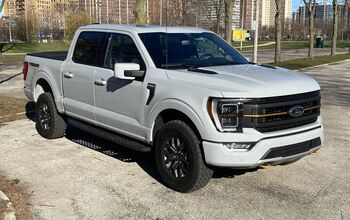



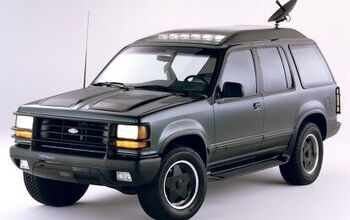


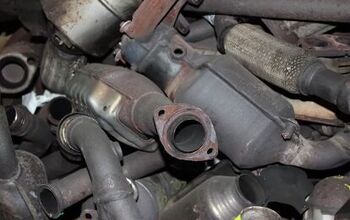
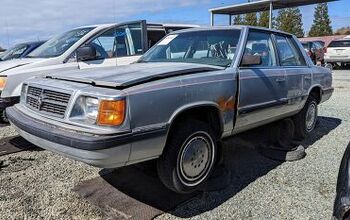


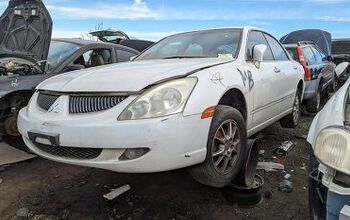
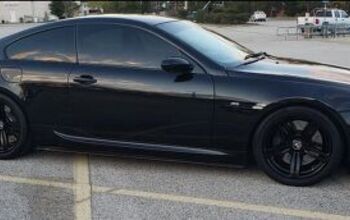
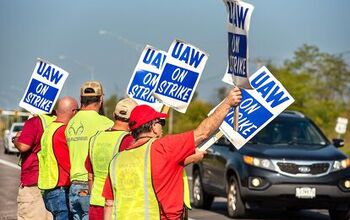
Comments
Join the conversation
I'm not sure that "shake down" here is the appropriate phrase. I dislike RLCs as much as the next guy but these companies are simply protecting themselves from cost associated with early termination. It costs resources to implement these cameras and sometimes that means that deals are only profitable in later years so early termination can mean a loss or no profit. If cities are signing contracts and then changing their minds because of a voter backlash then they will still need to abide by the terms of the contract. The real problem here are the city administrations that lack long term vision and are flip-flopping between short term money making schemes and reacting to vote backlash.
Why don't they they leave the cameras up and running, but pass an ordinance saying that no city funds or manpower may be expended in collecting RLC fines? Let the companies take their pictures and mail out the tickets. Payment would become voluntary.